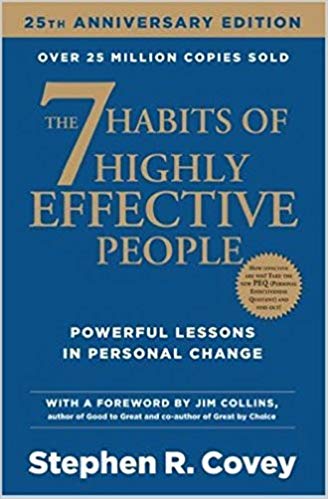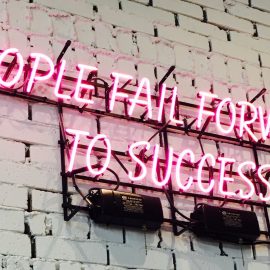

This article is an excerpt from the Shortform summary of "The 7 Habits of Highly Effective People" by Stephen Covey. Shortform has the world's best summaries of books you should be reading.
Like this article? Sign up for a free trial here .
You have many roles in your life. Some of them are in your personal life and some are in your professional life, but chances are, you can name those roles and what they mean to you.
The roles and goals you have for those roles are defined by you and your principles. By creating a mission statement and setting your goals, you can define these roles and goals in your life and give them a greater meaning and purpose.
Defining Your Roles in Your Personal Mission Statement
As you develop your mission statement, it helps to identify the many roles you have — spouse, son/daughter, brother/sister, father/mother, friend, professional, individual — and create goals for each role. You’ll find that you uncover many paradigms and principles along the way. And if you don’t parse out your vision and goals to address each of your roles, it’s easy to focus your mission statement too heavily on one area of your life and neglect others; you may accidentally make a mission statement too centered on work accomplishments and lose the balance in your goals that reflects a balanced life, and your roles and goals won’t reflect what’s important to you.
You can also identify the various roles you have in the personal, professional, and leisure areas of your life; this will help you keep your focus and priorities balanced and avoid neglecting any particular area of your life and responsibilities. Identifying these paradigms and principles will help you develop a principle-centered paradigm.
In addition to your role as an individual, think about roles and goals you have in your family (e.g. spouse, mother, daughter, sister, aunt), a few roles in your work life (e.g. executive producer, vice president of content, department manager), and one or more roles you have in your community or leisure activities (e.g. church elder, volunteer, recreational volleyball team captain).
How can knowing these roles help you set goals? Knowing who you are and where you fit into other people’s lives will help you establish goals in your personal and professional life. These roles and goals are a huge part of developing and understanding your principle-centered paradigm.
Setting and Reaching Your Goals
Think about one or two important results you’d like to achieve for each role within the next week. These goals should contribute to the longer-term, big-picture goals in your personal mission statement, and at least some of them should fall into Quadrant II. If you haven’t created your personal mission statement yet, be mindful to set these goals with a general focus on what’s important to you in the long term. The roles and goals work together.
Now that you have a list of roles and goals to accomplish in the next week, start scheduling them. Some goals might be time-sensitive, or only doable during business or weekend hours; with this in mind, assign a day (or take it a step further and create an appointment time) to achieve each goal. As you’re scheduling out your week, be sure to check your calendar for prior commitments, assess how they fit into your goals, and decide whether to keep, reschedule, or cancel them. You can learn more about this essential 7 Habits paradigm as you set your roles and goals, and determine what’s in your Quadrant II.
If your goals involve other people, make sure you and the other person each understand your expectations of each other, including each other’s paradigms and principles. This can also include your and your spouse’s expectations of each other’s roles and goals, or your friend’s expectations of your availability in times of need. Whatever the context, unclear expectations create misunderstanding, frustration, disappointment, and tension, so explicitly state your expectations instead of assuming they’re understood — and shared — by the other person.
Knowing your roles and goals will help you keep your focus on the Quadrant II paradigm. You’ll be able to develop from a principle-centered paradigm; having a clear sense of your mission, principles, and values.
———End of Preview———

Like what you just read? Read the rest of the world's best summary of "The 7 Habits of Highly Effective People" at Shortform . Learn the book's critical concepts in 20 minutes or less .
Here's what you'll find in our full The 7 Habits of Highly Effective People summary :
- How to prioritize the hundred tasks you have to focus on the one or two that really matter
- The right way to resolve every disagreement and argument
- How to avoid burning out and succeed over 20+ years






